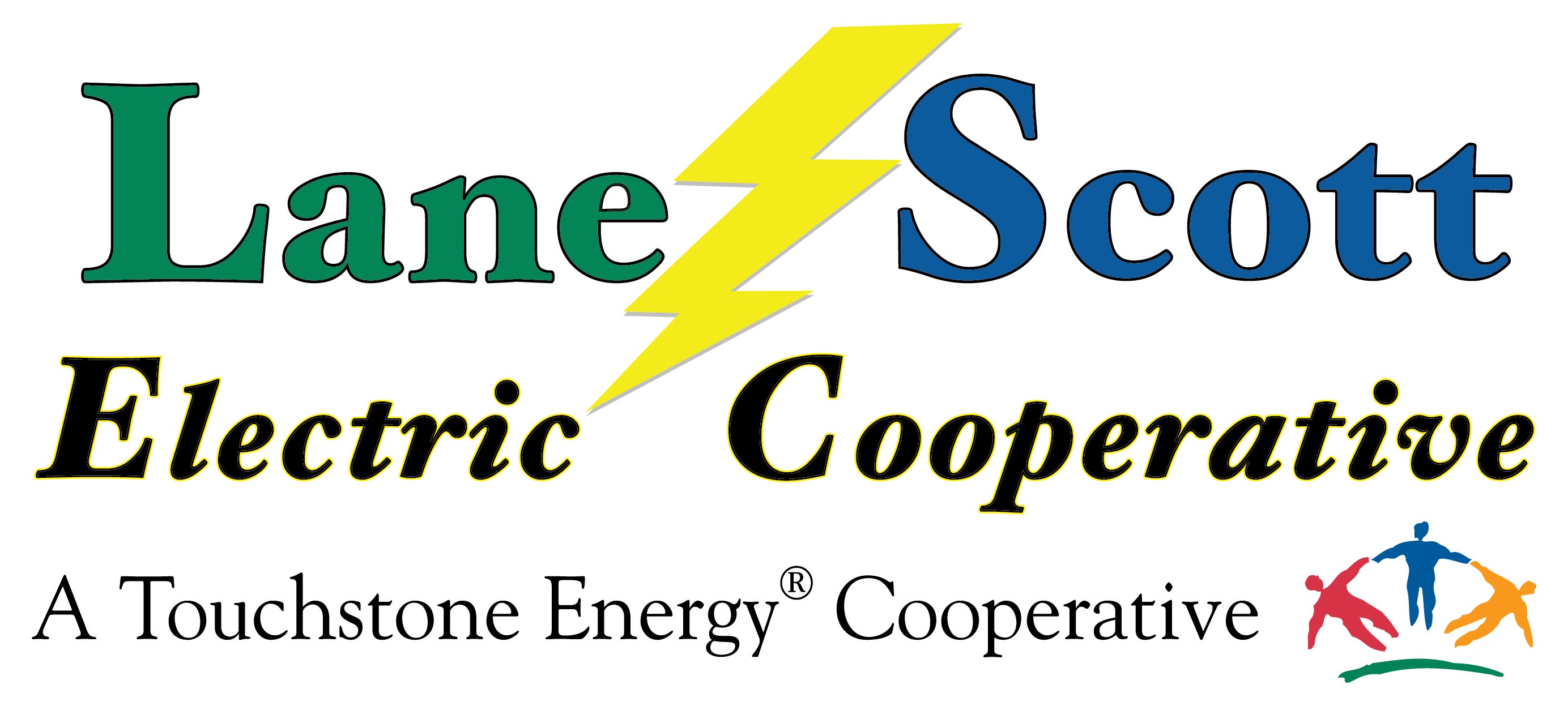Check Out Lane-Scott Electric's NEW Outage Center
- View our New Live Outage Map
- Learn What to Do During an Outage
- How to Report an Outage
- How to Sign-up for Text or E-mail Outage Notifications
- Frequently Asked Questions
Go directly to the Outage Map at https://lanescott.ebill.coop/maps/OutageWebMap/
Lane-Scott 70th Annual Meeting Highlights
Check out the highlights and festivities from our 70th Annual Meeting and read the 2020 Annual Report.
From the Manager: Make Your Voice Heard
There's an old political saying, "if you're not at the table, You're on the menu." This adage is the perfect answer to the question, "why vote?" It's a blunt description of what happens when you don't engage in the political process.
Storm Causes Damage to Lane-Scott Electric System
On August 1st, the Lane-Scott Electric system received an unexpected blow to its infrastructure. Western Kansas weather can be wild and unpredictable, and this was no exception to that unwritten rule. Mid-Afternoon, Saturday the 1st, a small but mighty storm cell, with what we are calling a microburst of wind, dropped about one mile north and one mile west of Dighton.
Four of Sunflower Electric’s large H-structure double circuit transmission poles were completely knocked down. Seven had to be replaced as well as wire. Damage to Lane-Scott’s system included eighteen broken poles, seventeen which were double circuit poles, insulators, and wire damage due to falling poles and blown debris from the State building north of Hwy 96. The roof of the State building was completely ripped off and thrown into the lines south of the highway, eventually landing in the corn field across the road. We worked with Sunflower Electric to isolate the transmission outage to an area between Dighton and Beeler. This restored power to much of rural Lane County and the Beeler Substation in Ness County. LSEC Crews then repaired the distribution lines and rerouted electricity to bypass the area of downed transmission lines, restoring power to the City of Dighton. Sunflower went to work repairing the major damage to the transmission system. Most everyone’s power was restored that night.
We are thankful for everyone's safety, and while the damage was severe, we plan ahead for circumstances like these.
Control Your Controlled Burn
Don't let your controlled burn get away from you
It’s called a controlled burn for a reason. If you don’t plan your controlled burn in advance and keep it under check, it can quickly spread putting life in danger and utility and other equipment at risk.
If you are considering implementing a controlled burn (also known as a prescribed fire) to address vegetation or weed management, be sure to follow several precautions to stay safe:
- Don’t start one without advance planning.
- Certain groups should be notified: check with your town office, notify your local fire department, let your neighbors know your plans.
- Obtain all necessary permits.
- Check the forecast for weather conditions, such as wind direction and speed and humidity. As a general rule, relative humidity should be 40 percent or higher.
- If there are power poles in the planned burning area, clear all vegetation and weeds at least 4 feet around the base of the pole.
- Wet the base of the pole with water before beginning your burn.
Even with the best laid plans, a utility pole could catch on fire during a burn; however, planning in advance can decrease the chances. Fire damage to a power pole is usually evident by blackening and scorch marks, but even slight discoloration can cause serious problems. Sometimes the poles burn from the inside out, and the damage is not immediately apparent.
Take the time to plan ahead or your controlled burn could get expensive. The person who causes damage to a utility pole is responsible for the fees associated with replacing it.
There are many other safety considerations; check with local authorities and fully research all aspects of a controlled burn before setting fire to your land.
To inquire about controlled burns near power lines and poles, contact Lane-Scott Electric at 620-397-5327.
Farm Safety - Equipment Reach
Make sure everyone is trained in safe practices around electricity. Use these safety tips for your, your employees, seasonal workers, family members, and anyone else accessing your farm.
- Know the dimensions of any far-reaching equipment, such as chemical sprayers, tillage equipment, other extensions or augers.
- Machinery extension dimensions include the length when extended horizontally and upright for transport.
- Always use the lowest (shortest) setting for extensions when moving loads.
- These power line safety principles also apply to arms, booms, truck beds, ladders, and other items or mechanisms that extend or are far-reaching.
If your equipment hits a power line, pole, or guy wire DO NOT LEAVE the cab. Immediately call 911, warn others to stay away and wait for the utility crew to cut the power.
